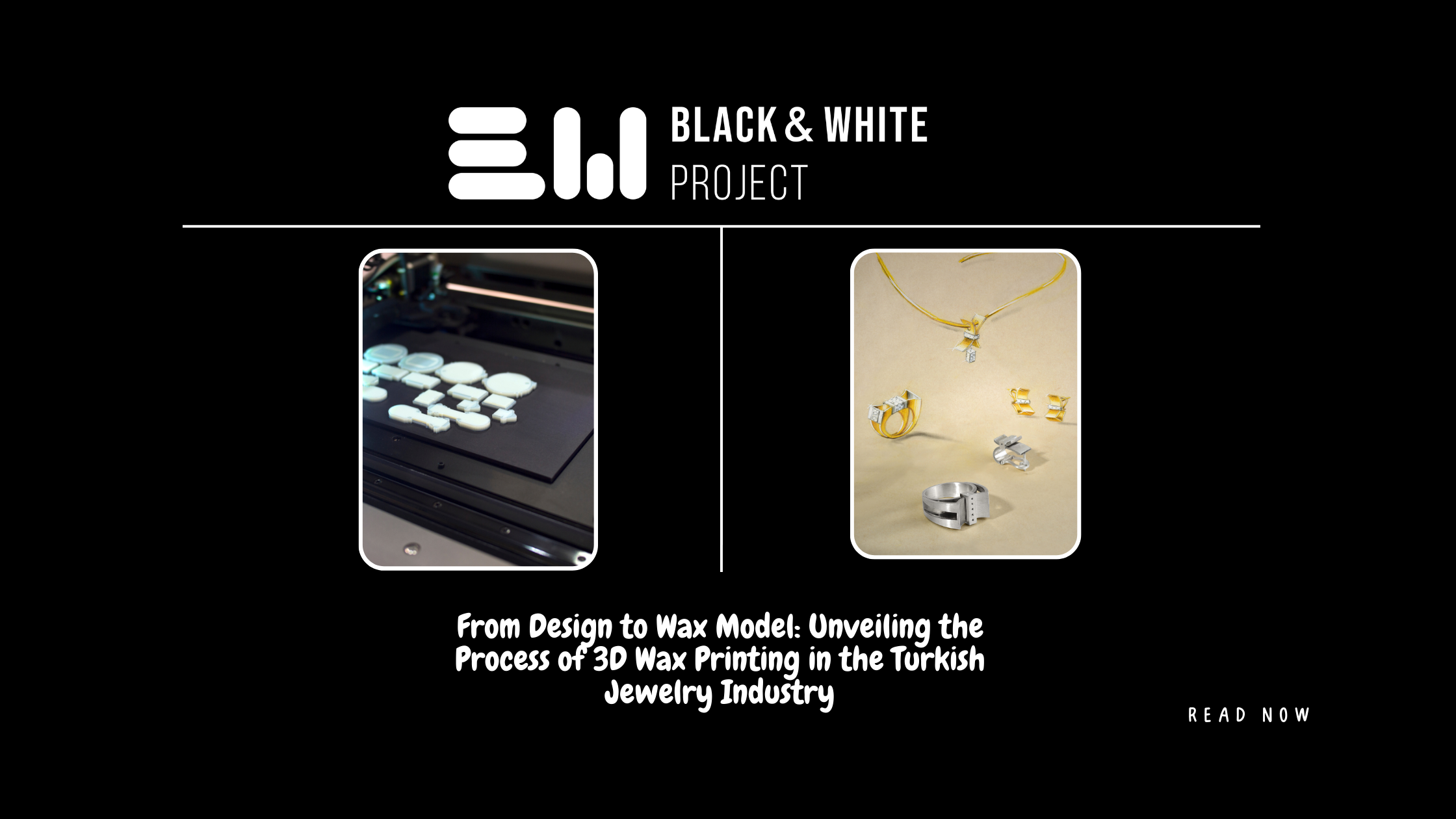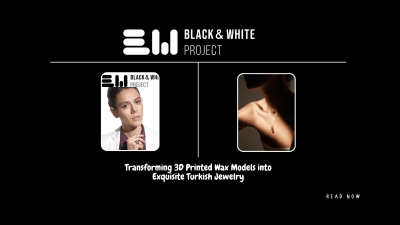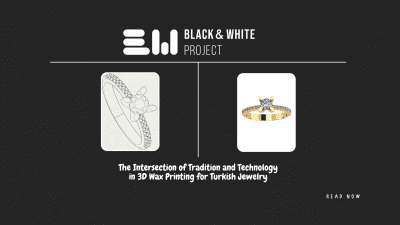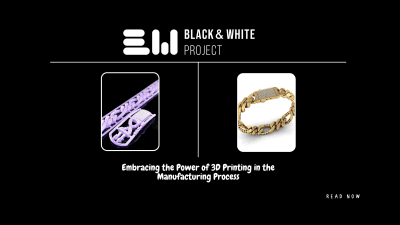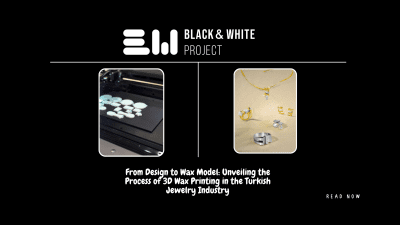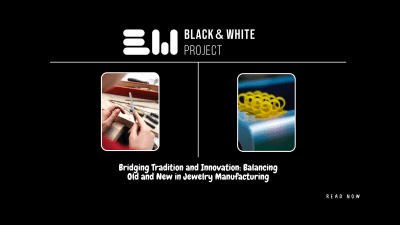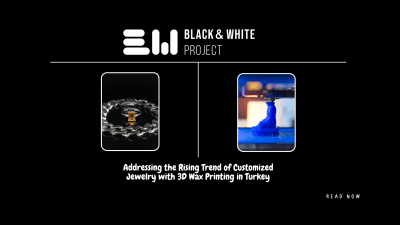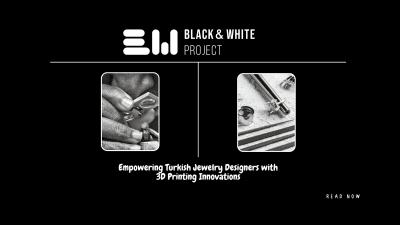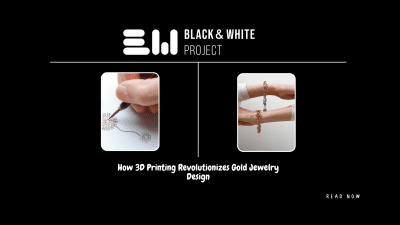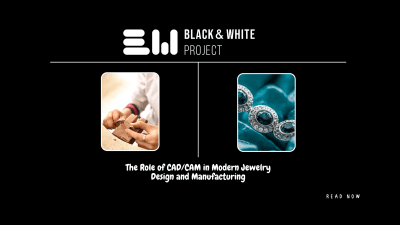From Design to Wax Model: Unveiling the Process of 3D Wax Printing in the Turkish Jewelry Industry
In the ever-evolving landscape of the Turkish jewelry industry, innovation and technology have played a vital role in transforming traditional manufacturing processes. One such revolutionary technique that has gained prominence is 3D wax printing. This cutting-edge technology allows Turkish jewelry designers to bring their intricate designs to life with precision and efficiency. In this blog post, we will delve into the fascinating process of 3D wax printing and its significant impact on the Turkish jewelry industry, from design conceptualization to the creation of wax models.
1. The Evolution of Jewelry Design
Trace the evolution of jewelry design in the Turkish industry, highlighting the transition from traditional handcrafted techniques to digital design methods. Explore how computer-aided design (CAD) software has empowered Turkish jewelry designers to create intricate and complex designs with ease, laying the foundation for the 3D wax printing process
2. Digital Design and Model Preparation
Take a closer look at the initial stages of the 3D wax printing process, where Turkish jewelry designers use specialized CAD software to create precise digital models of their jewelry designs. Learn how they incorporate intricate details, filigree work, gemstone settings, and other design elements into the digital model, ensuring a faithful representation of the final jewelry piece.
3. Selection of Wax Printing Technology
Discover the various types of 3D wax printing technologies available to Turkish jewelry designers, such as digital light processing (DLP) or stereolithography (SLA). Discuss the advantages of each technology, including accuracy, surface quality, and production speed. Highlight how these technologies have been tailored specifically for the jewelry industry, catering to its unique requirements.
4. Printing the Wax Model
Step into the world of 3D wax printing as the digital design is transformed into a physical wax model. Explore the layer-by-layer printing process, where liquid wax material is selectively cured and solidified using UV light or other curing methods. Discuss the importance of precision in printing, ensuring that every detail of the design is accurately captured in the wax model.
5. Post-Printing Processing
Examine the post-printing steps involved in refining and preparing the 3D printed wax model for further jewelry production. Discuss techniques such as cleaning, polishing, and surface finishing, which are crucial to achieving the desired quality and aesthetics of the final jewelry piece. Highlight the importance of meticulous craftsmanship in this stage to ensure that the wax model meets the designer’s vision.
6. Casting and Metal Conversion
Delve into the subsequent step of the process, where the 3D printed wax model is transformed into a metal jewelry piece through the casting process. Discuss how the wax model is encased in a plaster-like investment material, followed by the removal of the wax through heating, leaving behind a negative space. Explore how molten metal is then poured into the cavity, solidifying to form the final jewelry piece.
7. Finishing Touches
Explore the final stage of the process, where the cast metal jewelry piece undergoes additional finishing touches to achieve the desired appearance and quality. Discuss techniques such as polishing, gemstone setting, and other decorative elements that enhance the overall beauty of the jewelry. Emphasize the importance of skilled artisans who meticulously hand-finish each piece, ensuring the highest level of craftsmanship.
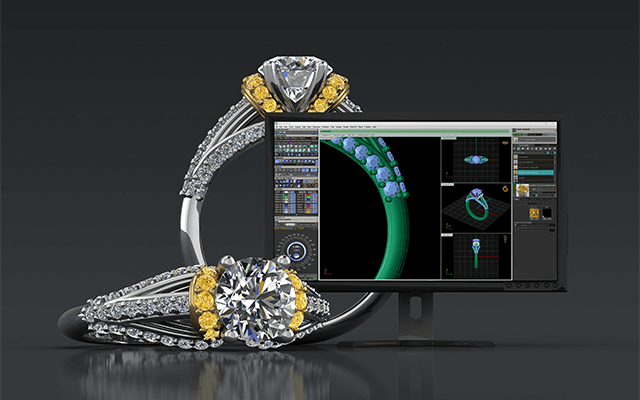
The title
The journey from design to wax model in the Turkish jewelry industry has been revolutionized by 3D wax printing technology. By leveraging the power of digital design and precise wax printing, Turkish jewelry designers can bring their creative visions to life with unmatched accuracy and efficiency. As this technology continues to evolve, we can expect even more breathtaking designs and intricate masterpieces to emerge from the Turkish jewelry industry.
Warning: Undefined array key "nav_color" in /www/wwwroot/bwproject.net/wp-content/plugins/et-core-plugin/app/controllers/elementor/general/blog-carousel.php on line 402
Warning: Undefined array key "arrows_bg_color" in /www/wwwroot/bwproject.net/wp-content/plugins/et-core-plugin/app/controllers/elementor/general/blog-carousel.php on line 403


